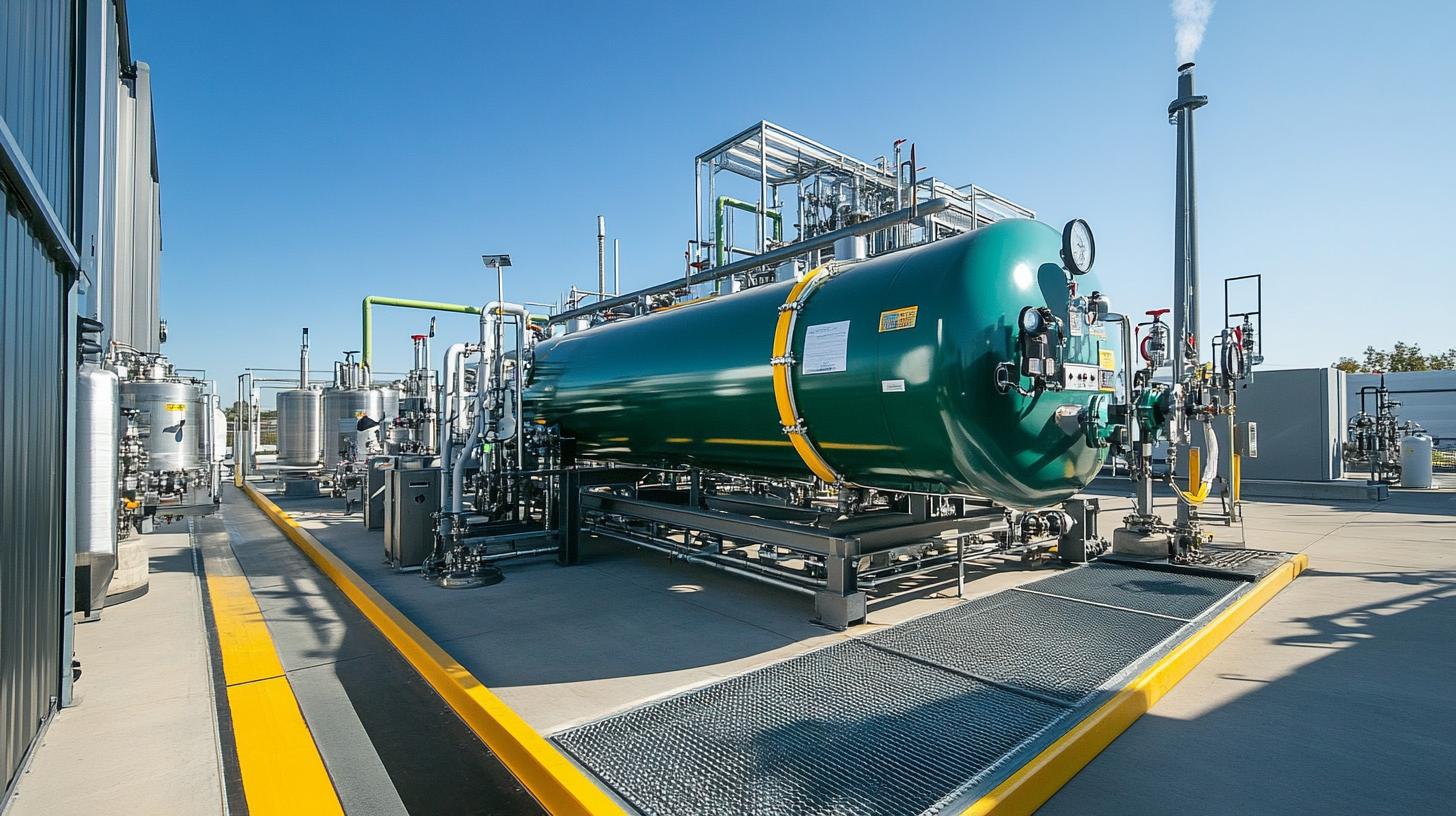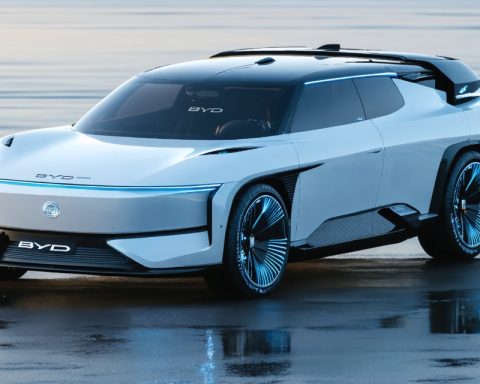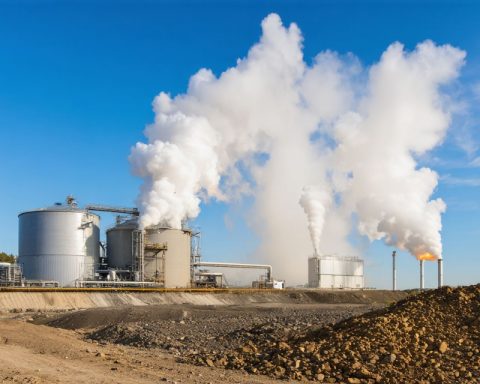In the burgeoning landscape of green energy, Air Products has positioned itself at the forefront with ambitious investments in green hydrogen. Yet, these ventures have sparked intense scrutiny from key investors, highlighting broader challenges American companies face amid the global energy transition.
Investor Concerns: Prominent investors like D.E. Shaw & Co. and Mantle Ridge, LP have voiced unease over Air Products’ high-stakes investments in green hydrogen projects. CEO Seifi Ghasemi, a stalwart since 2014, is under pressure not just for his strategic direction, but also due to concerns about his succession plan given his advanced age of 80.
The NOEM Project: A focal point of contention is the NOEM Project in Saudi Arabia. Originally projected to cost $5 billion, estimates have now soared to $8.5 billion. What’s more, timeline delays are stacking up, casting doubts over the viability of the venture.
Offtake Agreements Missing: Critical to the success of these projects is securing offtake agreements, which are lacking. Though a deal covering 35% of NOEM’s capacity was made with TotalEnergies, a large portion remains unsecured, including the entirety of the Louisiana project’s capacity.
Transcontinental Risks: Ghasemi’s bold strategy to export Saudi-produced green hydrogen to California hopes to capitalize on the U.S. Inflation Reduction Act. However, this approach has surprised some American policymakers, questioning whether these incentives should support domestic jobs.
Market Dynamics: Analysts echo these concerns, with Deutsche Bank among those highlighting worries over the strategy’s cost and execution. D.E. Shaw’s critique underscores Air Products’ exposure to the volatile energy market, urging caution before further investments without firm market agreements.
As Air Products navigates this treacherous terrain, the company finds itself under the lens – a reflection of the delicate balance companies face between innovation and risk in the quest for clean energy leadership.
The Unseen Ripple Effects of Air Products’ Green Hydrogen Ambitions
In the heart of the green energy revolution, Air Products’ aggressive plunge into green hydrogen projects has triggered a ripple of consequences that extend far beyond corporate boardrooms. The reverberations of their strategy are felt worldwide, impacting communities, economies, and the planet itself.
The Community Impact:
When large corporations like Air Products invest heavily in specific technologies, local communities often feel the impact first. Despite the anticipation of job creation and economic boosts, the reality can be more complex. For example, in regions around the Saudi Arabian NOEM Project, the influx of foreign investment has disrupted local markets. The local workforce may face challenges in integrating with highly specialized projects that often prioritize skilled labor, potentially sidelining traditional industries and causing economic dislocation.
Sustainability Paradoxes:
The concept of green hydrogen is tantalizing: an environmentally friendly fuel derived from renewable sources. Yet, the paradox is that these green solutions sometimes bring unexpected environmental challenges. Critics point out that the scale needed for green hydrogen projects could lead to significant land use changes, impacting ecosystems. For instance, the requirement for large-scale electrolysis plants and related infrastructure could alter natural landscapes and strain water resources—raising ethical questions about sustainable practices.
Is Green Hydrogen Truly Viable?
One controversial aspect centers around the economic viability of green hydrogen. Is it the panacea for future energy demands? Current challenges, including the high cost of production and difficulties in storage and transport, paint a complex picture. While hydrogen holds promise, it requires vast amounts of renewable electricity, and the technology to efficiently harness this power is still in development.
Implications for Global Policy:
The geopolitical implications are profound. As Air Products aims to transport green hydrogen across the globe, questions arise about international energy dependencies. Could this new industry replicate the pitfalls of fossil fuel reliance, where a few nations control the majority of resources, thus wielding significant geopolitical power? Policymakers must navigate these waters carefully, ensuring energy transitions support equitable growth without reverting to patterns of the past.
What Does This Mean for the Future?
As these projects develop, they’re forcing nations and corporations to reconsider the frameworks of energy independence and economic collaboration. How can global energy strategies be redesigned to strike a balance between national interests and planetary concerns?
While Air Products is emblematic of a larger trend, it represents a microcosm of the broader shifts occurring in the world’s approach to energy. Companies worldwide face the arduous task of balancing innovation with realistic market conditions while considering their ecological footprint.
As the world treads the path toward a sustainable future, these initial steps, filled with growing pains and learnings, will determine the fate of the green revolution’s promises. To stay updated on the latest developments in energy sustainability, explore the comprehensive resources available at IEA and Department of Energy.














